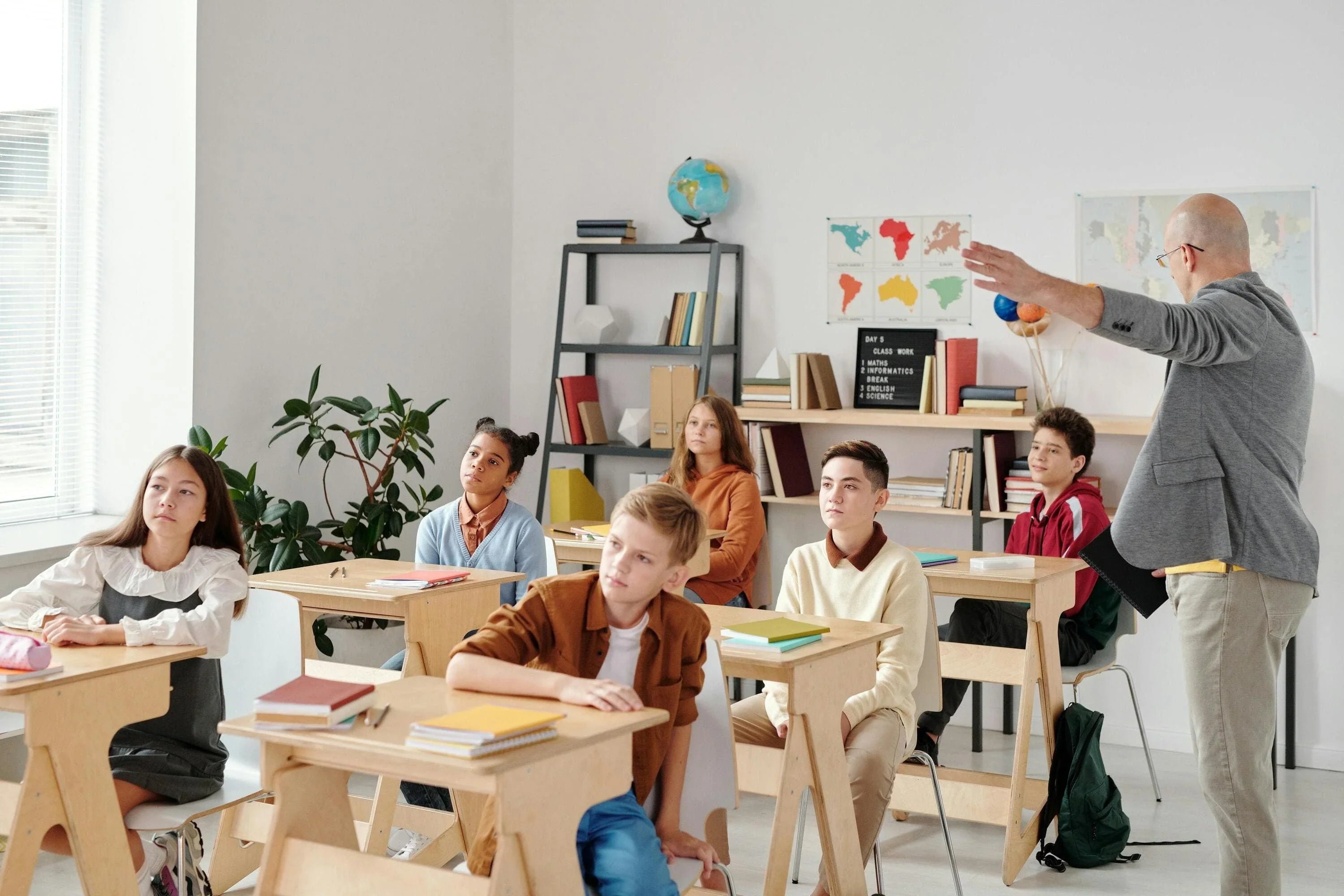Children's ergonomics is an increasingly important topic, especially in a world where children spend more and more time using digital devices and performing seated activities.
Adapting children's environment to meet their physical and cognitive needs can help prevent discomfort, promote good posture, and support their overall development.
In this article, we explain what ergonomics for children is and its benefits . We also give you 6 ergonomic rules to implement.
What is child ergonomics?
Child ergonomics refers to the adaptation of children's environment at school or at home. These changes primarily concern furniture and tools.

The creation of ergonomic spaces for children takes into account their morphology, their comfort and their activity level.
The aim of children's ergonomics is to prevent posture problems, promote good habits and harmonious development.
The benefits of ergonomics for children
Improving children's posture
Using active seating and desks adapted to children's height allows them to adopt an ergonomic position naturally without putting strain on the spine.
Good posture , from a young age, promotes healthy body alignment and helps reduce the risk of postural problems in the future.

Prevention of musculoskeletal pain and disorders
Prolonged sitting often causes back, neck and shoulder pain, especially in the lower back or neck area.
Ergonomic furniture helps prevent pain and musculoskeletal disorders by supporting the body properly.
Better concentration and productivity at school
An ergonomic environment significantly helps reduce distractions related to physical discomfort . This allows children to better focus on their daily tasks and be more productive.

For example, using Active Seating, such as the Bloon ball seat, encourages micro-movements and good posture, which helps boost attention and concentration.
Reduction of fatigue and discomfort
Children's ergonomics reduce fatigue and discomfort due to prolonged static sitting.
An ergonomic workspace with a suitable chair, an ergonomic desk, and good lighting helps you stay efficient throughout the day.
Adaptation to the specific needs of children
Ergonomic furniture is particularly suited to the needs of children, in terms of size, morphology, as well as intellectual and cognitive needs. This type of furniture is scalable and adapts to the child's growth.

Positive impact on mental and physical well-being
Ergonomics has a positive impact on the physical and mental well-being of children .
Ergonomic spaces allow children to stay active even during school tasks, reduce physical pain and feel more comfortable.
Children are more relaxed and less stressed, which promotes a balance between physical health and emotional well-being.
The 6 rules of ergonomics for children
Choosing furniture adapted to the child's size

When choosing ergonomic furniture , it is essential to take into account the morphology and growth rate of children so that they can naturally adopt a good posture.
For example, sit-stand desks and adjustable ergonomic chairs support and ensure the comfort of your children as they grow.
Educating children about good posture
Ergonomics is about getting children into the habit of maintaining good posture :
- straight back,
- elbows close to the body,
- feet flat on the ground,
- arms and shoulders relaxed,
- and eyes at a good distance from books or screens.
These markers help children to adopt good postural reflexes in the long term and therefore avoid physical tension.
Use lightweight, well-designed school tools
Ergonomics for children also includes the use of suitable tools and accessories to improve children's comfort in everyday life:
- ergonomic backpacks that don't hurt your back,
- lightweight notebooks to minimize bag weight,
- and pens with a good grip.
Take regular active breaks
Short active breaks of about 5 minutes every hour allow for better blood circulation and prevent pain.

During breaks, children can walk, stretch or perform simple movements.
Adjust lighting to avoid eye strain
Well-positioned natural or artificial lighting , combined with an adjustable desk lamp, reduces visual fatigue and improves concentration on studies.
Encourage physical activities to counter a sedentary lifestyle

Encouraging children to play outdoor games, sports or exercise at home , alternating periods of sitting with active times, strengthens their muscles and improves their overall development.
In conclusion, ergonomics for children has a significant impact on their health, well-being and academic abilities . You must consider all ergonomic aspects for children: seating, desk, lighting, backpack, pens, posture and duration of sitting.












